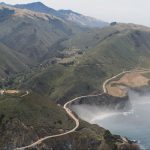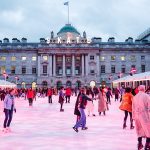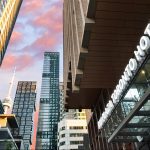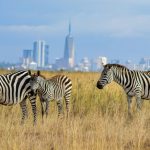Equator runs through the city
IAN STALKER
Is Quito home to the world’s most impressive dividing line?
That could arguably be true and the city isn’t letting that distinction go unpassed.
The Equator runs through the Ecuadorian capital and tourists can see an imposing monument paying tribute to it, along with an accompanying line marking the division of our planet into northern and southern halves, says tour guide Patricio Placencia.
“This is where you can go and put one foot in the Northern Hemisphere and one foot in the Southern Hemisphere,” he told a recent Toronto gathering promoting Quito.
That particular site is often dubbed Latitude Zero.
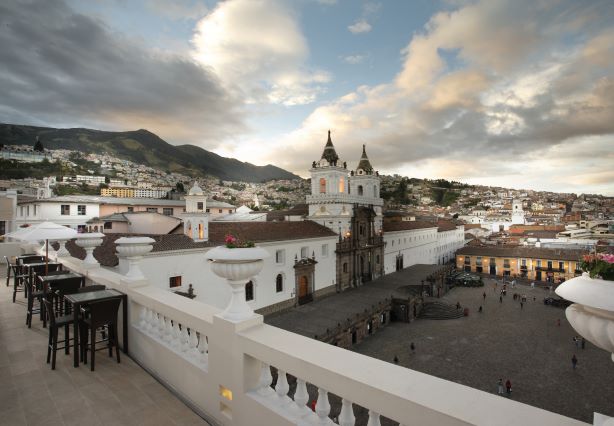
Quito, found around 9,200 feet high, dates back to the early 16th century and has an old quarter that has received UNESCO World Heritage Site status thanks to its colonial architecture. Quito received the designation in 1978, becoming the first city to earn the recognition.
There are some 40 churches in the old quarter, which has Baroque influences.
Ecuador produces large numbers of cacao beans — needed to make chocolate — and Placencia told his audience that Quito is “the world capital of chocolate,” with, among other things, wellness retreats offering the likes of chocolate massages.
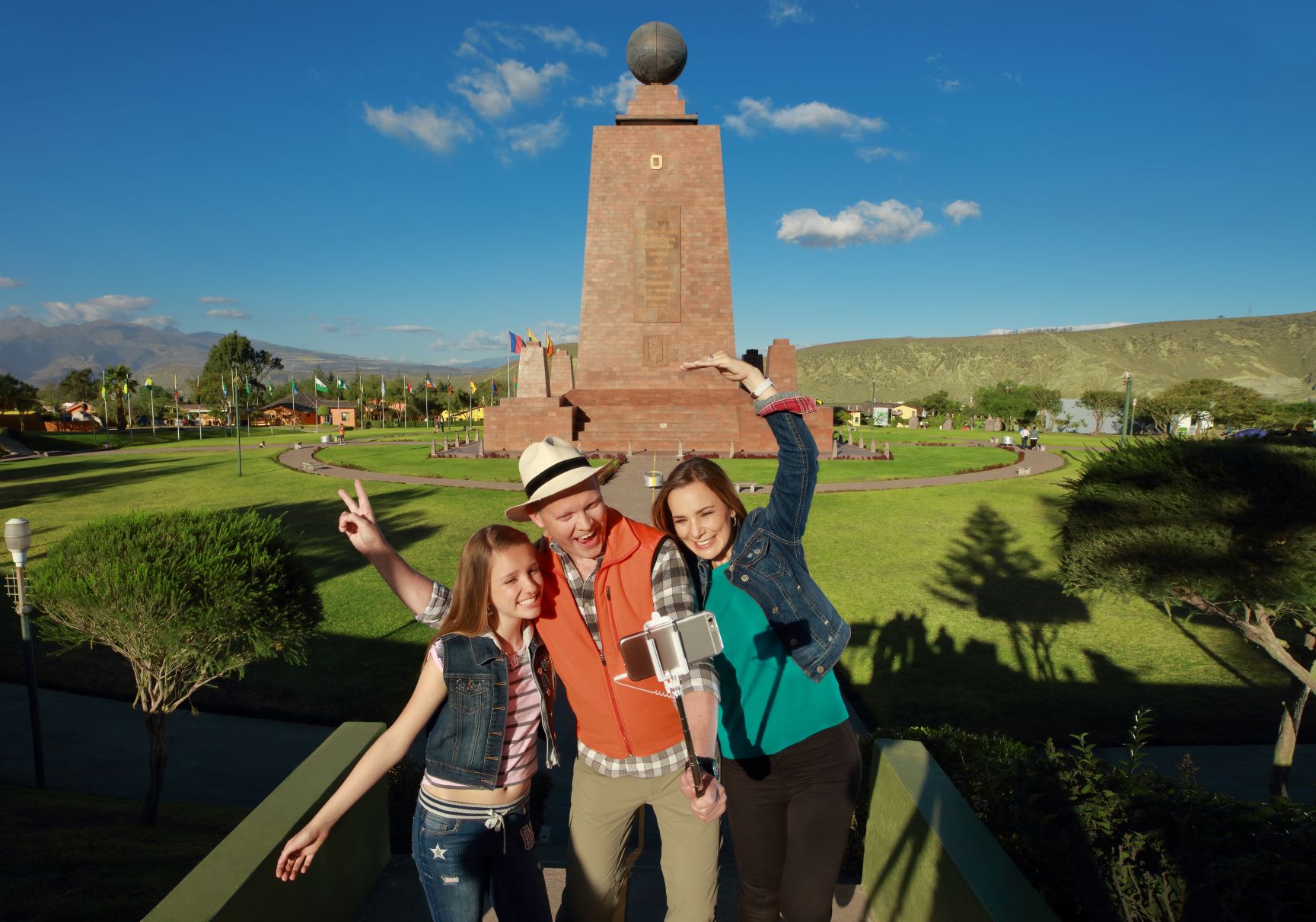
Ecuadorians like to be creative with chocolate, frequently adding such flavours as ginger and orange to it.
Those seeking a particularly lofty experience can ride a cable car to 14,000 feet. Energetic sorts can also hike to the same locale, with Placencia cautioning that the hike can be challenging because of thinner air.
Those reaching the site will enjoy “dramatic views” of Quito, he continued.
Placencia said other parts of Ecuador are interesting as well, with the country encompassing the Galapagos Islands, Pacific coast, Andean mountains, and Amazon jungle.
Nearly a fifth of the country is protected from development by the likes of national parks.
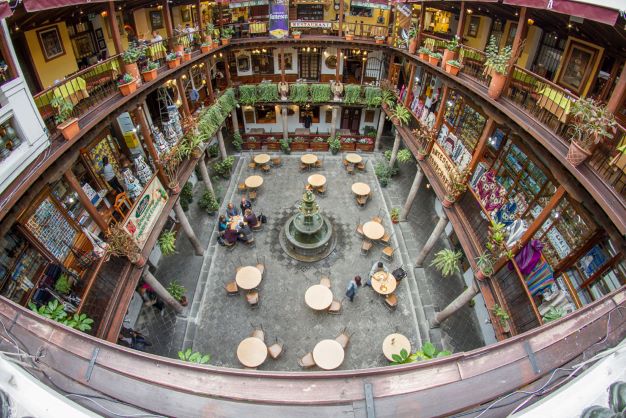
Tourism authorities label Ecuador a birdwatchers’ paradise, with over 4,000 species having been spotted in the Quito area alone.
The condor was Ecuador’s national bird but because of the condor’s endangered status the hummingbird now has that distinction. The country has some 55 types of hummingbirds.
Other birds that can be spotted in parts of Ecuador are toucans, always popular with birdwatchers because of their unusual appearance.
Placencia noted Ecuador has 47 volcanoes, with Cotopaxi at 19,000 particularly towering.
Air Canada began Toronto-Quito service just before Covid and then dropped the route with the onset of the pandemic. Tourism authorities note there are many American and Latin American carriers serving Quito.
Meanwhile, Placencia, who worked as a tour guide in Ecuador for 23 years before relocating to the Toronto area, is offering to share his expertise with Canadians wanting to visit Ecuador, including on trips that leave from Toronto.
He can be reached at [email protected] or 613-879-5279.



